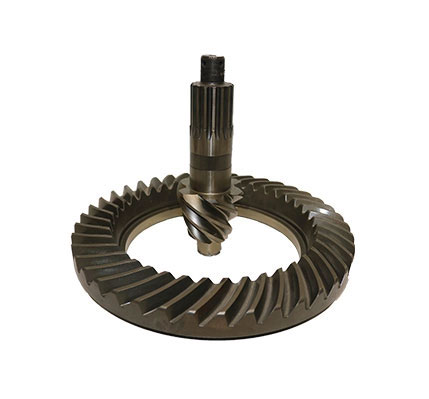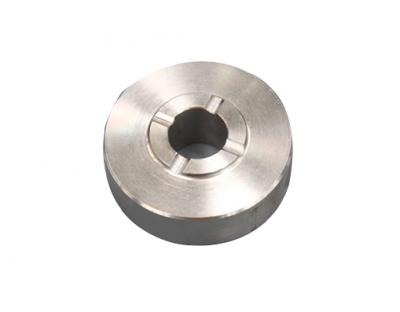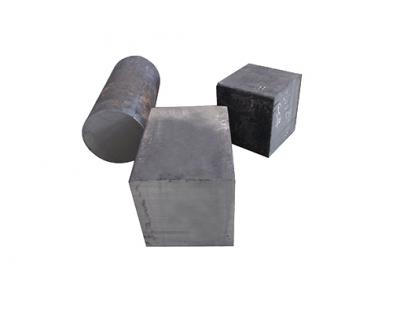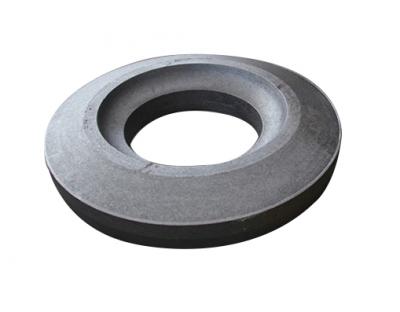Application prospect of high precision spiral bevel gear in robot manufacturing
With the continuous development of science and technology, robot manufacturing technology is also constantly innovating and improving. As an important part of the robot joint transmission device, the high-precision spiral bevel gear has its unique advantages and has a wide application prospect in robot manufacturing.
The high-precision spiral bevel gear is a high-precision transmission device with a compact structure and high load-carrying capacity. It consists of two parts, threaded shaft and spiral bevel gear, and transmits torque and motion through the meshing of the spiral gear. Compared with other transmission devices, high-precision spiral bevel gears have the following characteristics:
First of all, high-precision spiral bevel gears have high transmission efficiency. Due to the large meshing area and small meshing angle of the gears, the transmission efficiency of the high-precision spiral bevel gear is high, which can reach more than 98%. This means that during the use of the robot, the power consumption of the high-precision spiral bevel gear is low, which can more effectively convert electrical energy into mechanical energy and reduce energy waste.

Secondly, the high-precision spiral bevel gear has high positioning accuracy and repeat positioning accuracy. During the movement of the robot, the high-precision spiral bevel gear can provide more precise motion control and positioning, enabling the robot to accurately perform various complex actions and tasks. Moreover, the repeated positioning accuracy of the high-precision spiral bevel gear is also very high, which can maintain the same positioning accuracy in multiple movements, effectively improving the robot's motion stability and repeatability.
Again, high-precision spiral bevel gears have greater load-carrying capacity and rigidity. During the movement of the robot, the high-precision spiral bevel gear can withstand large radial and axial loads and has a high load-bearing capacity. At the same time, the high-precision spiral bevel gear has high rigidity, which can effectively resist external interference and deformation, and maintain the stability and precision of the robot during movement.
High-precision spiral bevel gears have broad application prospects in robot manufacturing. First of all, in the field of industrial robots, high-precision spiral bevel gears are often used to drive the joints of robots to achieve flexible and precise movements of robots. The joints of the robot have multiple degrees of freedom and require high positioning accuracy and stability. High-precision spiral bevel gears can meet these requirements, enabling the robot to complete more complex tasks.
Secondly, high-precision spiral bevel gears are also widely used in service robots, medical robots and other fields. With the increasing demand for robots in the service industry, high-precision spiral bevel gears can provide high-precision motion control and positioning for these robots, enabling robots to better adapt to the operational needs of various complex environments.
In addition, high-precision spiral bevel gears can also be used in the aerospace field. In the field of aerospace, the requirements for robots are very strict, and robots need to have high precision and stability. High-precision spiral bevel gears meet these requirements, providing reliable transmission and control for robots in the aerospace field.
In summary, high-precision spiral bevel gears have broad application prospects in robot manufacturing. Its high transmission efficiency, high positioning accuracy and repeat positioning accuracy, large load capacity and rigidity, etc., enable it to meet the requirements of robots for precision, stability and reliability, and promote the development of robot manufacturing technology. In the future, with the continuous advancement of technology, it is believed that high-precision spiral bevel gears will play an increasingly important role in robot manufacturing.




